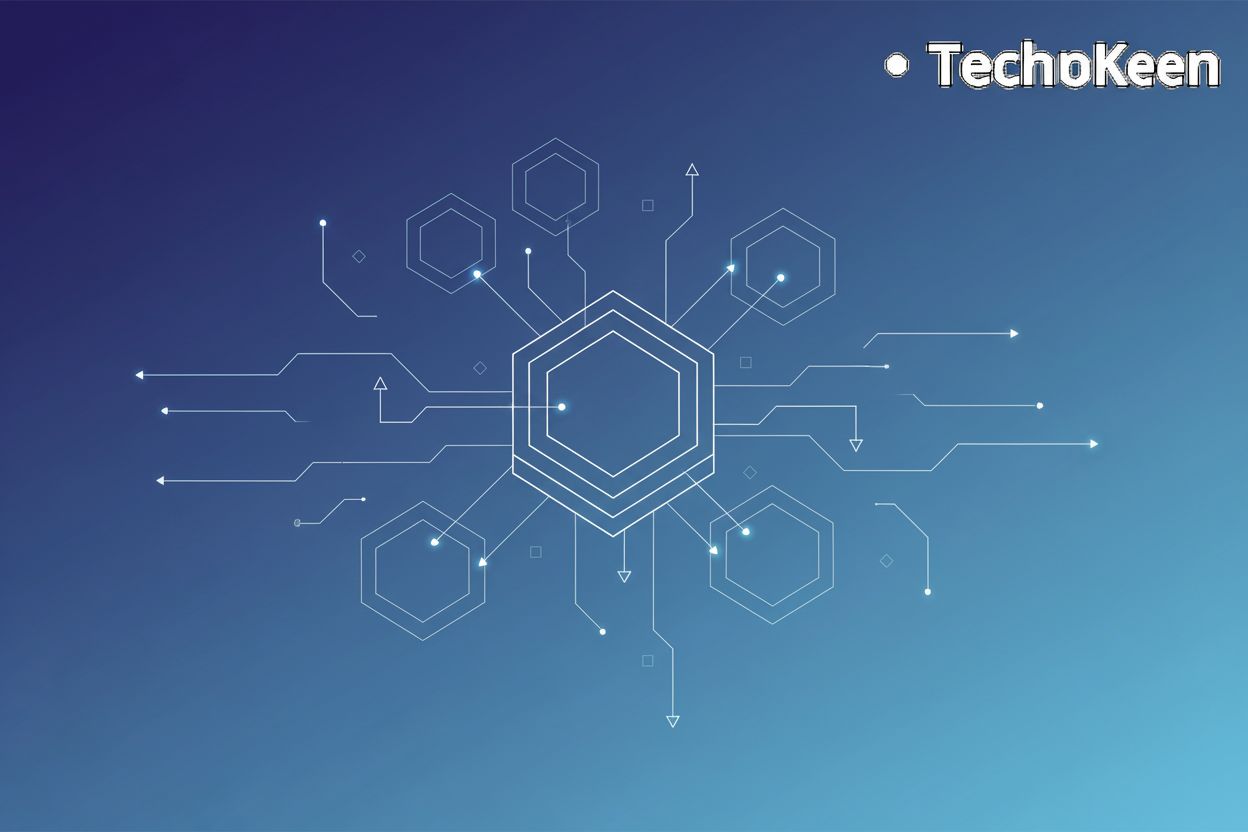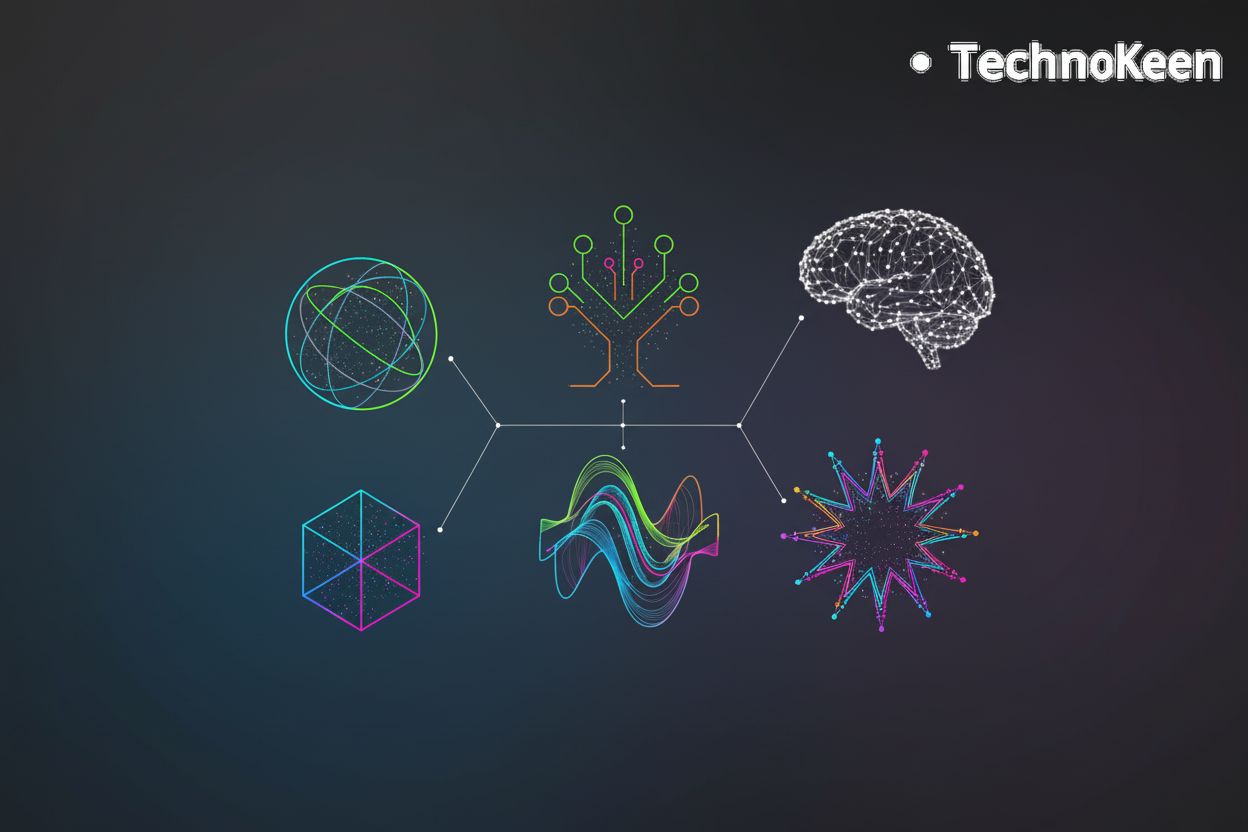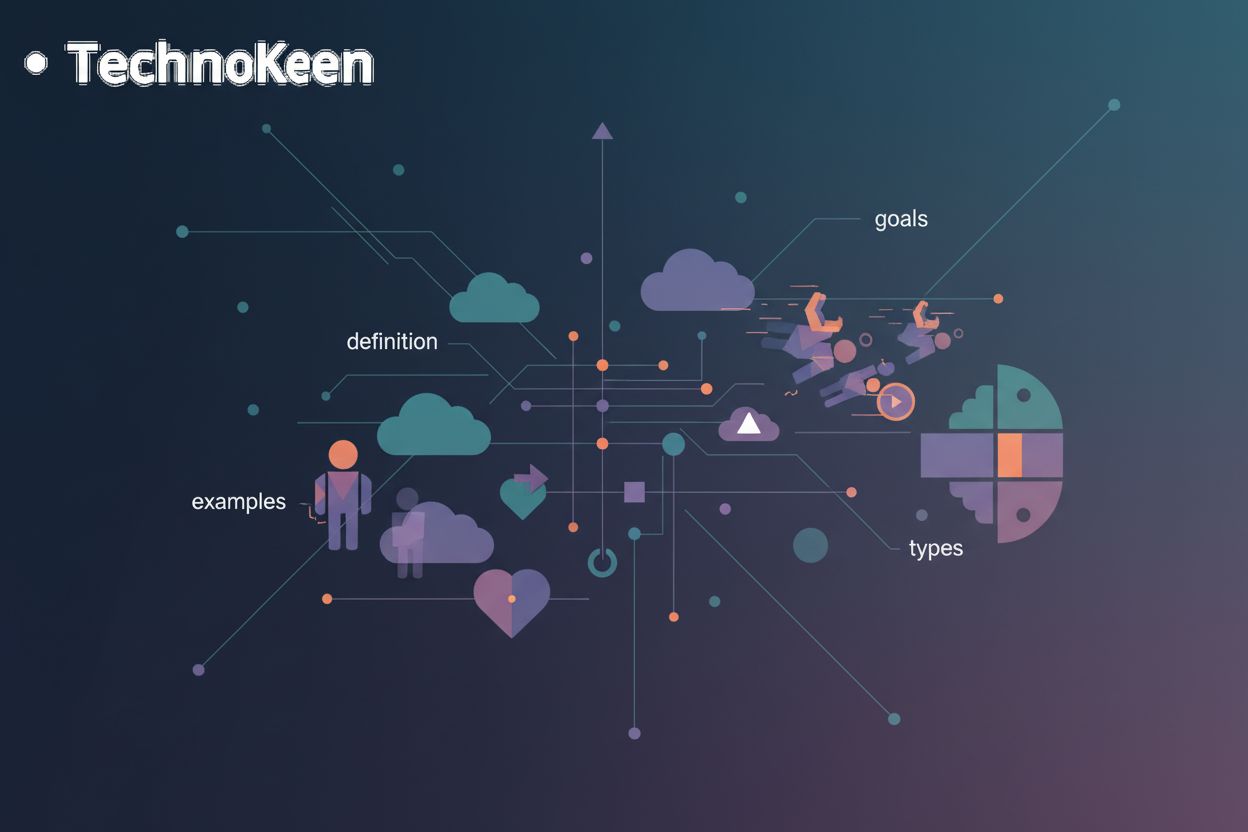Navigating the Labyrinth: Emerging Challenges in AI Agent Lifecycles
TL;DR
The Dawn of AI Agents: Understanding the Lifecycle
ai agents are rapidly changing how businesses operate, but are you ready to manage them? The lifecycle of these intelligent systems is complex, requiring careful planning and execution.
The ai agent lifecycle includes these key stages:
- Development: This initial phase involves designing, programming, and training the ai agent to perform its intended tasks. This includes choosing appropriate model architectures, defining data pipelines, preprocessing data, engineering relevant features, and selecting the right algorithms for the job.
- Deployment: Here, the agent is integrated into the production environment, whether it's a cloud platform, on-premises server, or edge device. Deploying to the cloud offers scalability and managed services, while on-premises provides greater control but requires more infrastructure management. Edge devices, on the other hand, are great for real-time processing but have limited resources.
- Orchestration: Effective orchestration ensures that ai agents work together seamlessly, coordinating their actions to achieve broader goals. This might involve using tools like Kubernetes for managing distributed ai agents or employing patterns like message queues for asynchronous communication.
- Monitoring: Continuous monitoring is essential to track the agent's performance, identify anomalies, and ensure it's meeting its objectives.
- Maintenance: Regular maintenance involves updating the agent's models, fixing bugs, and adapting it to changing conditions.
- Retirement: When an ai agent is no longer useful or cost-effective, it should be properly retired to avoid security risks and resource waste.
Successfully managing ai agents requires a team effort:
- Developers are responsible for building and training the ai agent.
- Operations teams handle deployment, infrastructure, and ongoing support.
- Security experts ensure the agent is secure and protected from threats.
- Compliance officers verify that the agent adheres to relevant regulations and ethical guidelines.
- Business Users define the agent's objectives and evaluate its performance.
Clear roles and responsibilities, along with cross-functional collaboration, are crucial for ai agent success.
Understanding the ai agent lifecycle is the first step toward effectively managing these powerful tools. Next, we'll explore the specific challenges that emerge at each stage.
Security Risks and IAM Challenges
ai agents are becoming essential, but are they secure? As ai agents take on more tasks, protecting them from security threats becomes critical.
ai agents present unique security challenges compared to traditional applications. Traditional security measures often fall short when dealing with ai's complex behavior, especially its dynamic nature and emergent capabilities.
- ai agents require robust Identity and Access Management (IAM) strategies. This includes strong authentication to verify the agent's identity. Also, authorization is needed to control what resources the agent can access. Finally, establish clear permissions to limit the agent's actions.
- Role-Based Access Control (RBAC) simplifies access management by assigning roles to agents. For example, a customer service agent might have access to customer data, but not financial records. RBAC is often preferred when agent roles are well-defined and stable.
- Attribute-Based Access Control (ABAC) offers more granular control. Access is granted based on attributes like the agent's location, task, and data sensitivity. ABAC can be more suitable for dynamic environments where agent roles might shift or be less clearly defined.
ai agents are susceptible to vulnerabilities in their code, dependencies, and infrastructure. Addressing these weaknesses is essential to prevent attacks.
- Implement robust threat detection mechanisms to identify malicious activity targeting ai agents. This includes monitoring agent behavior, network traffic, and system logs for anomalies.
- Adversarial attacks on models, where inputs are subtly manipulated to cause incorrect outputs, and data poisoning, where malicious data is injected into training sets, are specific examples of vulnerabilities relevant to ai agents.
- Utilize AI-powered security tools to monitor and protect ai agents. These tools might include anomaly detection systems that learn normal agent behavior or intelligent threat hunting platforms that can identify sophisticated attacks.
- Establish clear incident response procedures to handle security breaches. Rapidly contain the damage, investigate the cause, and implement preventative measures.
Securing ai agent apis is crucial to prevent unauthorized access and attacks. apis act as gateways, so protecting them is vital.
- Implement Zero Trust principles: verify explicitly, grant least privilege, and assume breach. This approach treats every access request as a potential threat.
- Follow best practices for api authentication, authorization, and encryption. Use strong authentication methods, enforce strict authorization policies, and encrypt data in transit and at rest.
- Regularly audit api access logs to identify suspicious activity. Proactive monitoring helps detect and prevent potential breaches.
As ai agents become more integrated into business processes, understanding the ethical implications and ensuring compliance is critical. We'll examine these aspects next.
Governance and Compliance Hurdles
ai agents are not just about lines of code; they're about trust, ethics, and accountability. As businesses race to implement these intelligent systems, they often face unexpected governance and compliance challenges.
Defining clear policies and procedures is critical for managing ai agents.
- These policies should cover the entire lifecycle, from development to retirement, ensuring that each stage aligns with business objectives and ethical standards. For example, a policy might dictate that all training data used for a customer-facing ai agent must be anonymized before development begins, and that regular bias audits are conducted throughout its operational life.
- A robust framework promotes transparency, so stakeholders understand how ai agents operate and make decisions.
- It also establishes accountability, assigning responsibility for the agent's actions and outcomes.
For example, a financial institution might establish policies to ensure that ai-driven lending decisions are fair and unbiased. Public Sector Network notes that governments must approach ai implementation with a clear purpose and educate staff on its benefits. This approach balances innovation with necessary risk management.
ai agents must adhere to data privacy and protection regulations like GDPR, CCPA, HIPAA, and SOC.
- Compliance requires implementing audit trails to monitor the agent's activities and ensure adherence to policies.
- Organizations must also establish reporting mechanisms to demonstrate compliance to regulatory bodies.
- ai agents that handle personal data must be designed with privacy-enhancing technologies (PETs) to minimize data exposure. Examples include differential privacy, which adds noise to data to protect individual records, and federated learning, which trains models on decentralized data without moving it.
In healthcare, for instance, ai agents used for diagnosis must comply with HIPAA regulations, safeguarding patient data.
Addressing ethical concerns is paramount.
- ai agents can perpetuate biases present in their training data, leading to unfair or discriminatory outcomes.
- Implementing bias detection and mitigation techniques is essential to ensure fairness.
- Organizations should promote responsible ai development practices and establish ethical guidelines for ai agent behavior.
"Transparency and education are key to overcoming resistance and building trust in AI’s capabilities," notes Public Sector Network, highlighting the importance of public awareness.
“AI should be developed and used in a way that respects human rights, promotes fairness, and ensures accountability.”
Navigating these governance and compliance hurdles requires a proactive approach. Next, we'll explore strategies for fostering collaboration and coordination among ai agents.
Automation and Orchestration Pitfalls
Can ai agents truly work together, or will they descend into digital chaos? Successfully automating and orchestrating ai agents requires careful planning to avoid common pitfalls.
Integrating ai agents into existing workflows and systems can be tricky.
- Compatibility issues often arise when ai agents, built on different platforms or using different technologies, struggle to communicate and share data. This is different from interoperability, which refers to the ability of different systems to exchange and use information. For example, an ai agent might be compatible with a specific database but unable to interoperate with a legacy accounting system.
- Maintaining control and visibility becomes challenging as more tasks become automated. Businesses need tools to monitor the agents, track their progress, and intervene when necessary. Platforms like workflow automation tools or dedicated ai agent management dashboards facilitate this.
- Communication and synchronization between agents is paramount. If one agent fails to notify another about a completed task, the entire process can stall. Common protocols like MQTT for lightweight messaging or gRPC for high-performance communication are often used.
- Load distribution needs careful management. Overloading one agent while others remain idle can create bottlenecks and reduce efficiency. Strategies like round-robin distribution or load balancing based on agent capacity are employed.
- Fault tolerance and resilience are essential. If one agent fails, the system should be able to redistribute its tasks to other agents to maintain high availability.
In manufacturing, for example, integrating ai-powered robots into existing assembly lines requires careful coordination to ensure seamless operation.
Successfully automating and orchestrating ai agents requires a strategic approach.
- Start with a clear understanding of your business goals and identify specific tasks that ai agents can automate.
- Choose ai agent platforms and frameworks that support interoperability and provide robust monitoring and control tools.
- Implement clear communication protocols and synchronization mechanisms to ensure that agents work together seamlessly.
- Design your system with fault tolerance and resilience in mind, so that it can handle unexpected failures.
- Continuously monitor and optimize your ai agent workflows to improve performance and efficiency.
Effectively addressing these challenges is essential for unlocking the full potential of ai agents. Next, we'll look at how to monitor and manage these intelligent systems to ensure they deliver value.
Performance, Scalability, and Monitoring Issues
ai agents are revolutionizing industries, but keeping them running smoothly is no easy feat. Performance bottlenecks, scalability limitations, and monitoring gaps can quickly turn these intelligent systems into liabilities.
Implementing robust monitoring solutions is crucial for tracking ai agent performance metrics.
- Key metrics include response time, accuracy, throughput, and resource utilization. By closely watching these indicators, you can quickly identify potential issues. Response time is critical for user-facing agents, accuracy for decision-making agents, throughput for handling high volumes, and resource utilization for cost-efficiency.
- For example, in a healthcare setting, an ai agent triaging patients needs to maintain high accuracy to avoid misdiagnosis. Continuous monitoring helps ensure it meets this critical benchmark.
- Addressing performance bottlenecks is another key aspect. ai agents can experience slowdowns due to various factors, such as data overload (e.g., processing massive unstructured data streams), inefficient algorithms (e.g., overly complex neural network architectures), or insufficient computing resources (e.g., limited GPU capacity for deep learning tasks).
Ensuring ai agents meet agreed-upon Service Level Agreements (SLAs) is also essential.
- SLAs define the expected level of performance, including uptime, response time, and accuracy.
- If an ai agent fails to meet these targets, it can disrupt business operations and erode user trust.
- For example, an ai-powered chatbot for customer service needs to respond promptly and accurately to maintain customer satisfaction.
Scaling ai agent infrastructure to handle increasing workloads is a significant challenge.
- As demand grows, the system must be able to handle more requests without performance degradation.
- Optimizing resource management and capacity planning is crucial. This involves accurately forecasting future demand and allocating resources accordingly.
- Consider a retail company using ai agents to personalize recommendations. During peak shopping seasons, the infrastructure needs to scale to accommodate the surge in traffic.
Implementing effective scaling strategies is also essential.
- Vertical scaling involves increasing the resources of a single server, such as adding more CPU or memory. This is simpler but has a hard limit.
- Horizontal scaling involves adding more servers to the system. This offers greater scalability but adds complexity in managing distributed systems.
- Auto-scaling automatically adjusts resources based on real-time demand, offering a balance of scalability and efficiency.
Rigorous testing and validation are essential throughout the ai agent lifecycle.
- This includes unit tests, integration tests, and performance tests.
- Developing comprehensive test suites ensures functionality, performance, and security.
- For example, an ai agent used in fraud detection needs thorough testing to ensure it accurately identifies fraudulent transactions without flagging legitimate ones.
Implementing Continuous Integration and Continuous Delivery (CI/CD) pipelines is also important.
- CI/CD automates the testing and deployment process, enabling faster and more reliable releases. For ai agents, this means adapting pipelines to handle model versioning, automated retraining based on new data, and rigorous testing of model performance before deployment.
- This also allows for continuous feedback, enabling the development team to quickly address issues and improve the ai agent's performance.
Addressing these performance, scalability, and monitoring issues is critical for realizing the full potential of ai agents. Next, we'll dive into the complexities of ai agent collaboration and coordination.
The Future of AI Agent Lifecycle Management
ai agent lifecycle management is rapidly evolving, and businesses must stay ahead to maximize their ai investments. What does the future hold for these intelligent systems?
Advancements in ai agent platforms are making it easier to develop, deploy, and manage ai agents. These platforms offer tools for every stage of the lifecycle, from design to monitoring. For example, platforms like Microsoft Jarvis combine multiple ai tools into a single system, allowing users to easily automate complex workflows. These platforms streamline the process by providing integrated environments for data management, model training, deployment, and monitoring, reducing the need for disparate tools.
MLOps (Machine Learning Operations), AI DevOps, and robust ai infrastructure are becoming essential for streamlining ai agent lifecycles. MLOps focuses on automating and standardizing the processes for deploying and monitoring machine learning models. AI DevOps extends this by integrating ai development with IT operations to improve collaboration and speed up deployment cycles.
The future of ai agent lifecycle management will likely involve more autonomous agents capable of self-improvement and adaptation. Deloitte predicts that by 2025, 25% of companies using generative ai will launch agentic ai pilots. These agents will be able to complete complex tasks with minimal human supervision. Self-improvement means the agent can learn from its experiences and refine its own algorithms or decision-making processes without explicit human intervention. Adaptation refers to its ability to adjust its behavior or parameters in response to changes in its environment or data.
Defining best practices for ai agent development, deployment, and governance is crucial for ensuring success. These practices include establishing clear objectives, selecting appropriate ai models, and implementing robust security measures. Transparency and accountability are also vital, as noted earlier.
Adhering to industry standards and protocols helps ensure interoperability and reduces the risk of errors. Standards like ISO/IEC 42001 provide frameworks for managing ai risks and promoting responsible ai practices, covering aspects like risk management, governance, and ethical considerations in ai systems.
Promoting collaboration and knowledge sharing within the ai community can accelerate innovation and improve ai agent lifecycles. Open-source projects, conferences, and online forums provide opportunities for developers and researchers to share their expertise.
Enhancing ai agent collaboration and coordination is essential for tackling complex tasks that require multiple agents to work together. This involves developing mechanisms for agents to communicate, share data, and coordinate their actions.
Developing communication protocols and messaging standards enables ai agents to interact seamlessly. Protocols like the Foundation for Intelligent Physical Agents (FIPA) provide frameworks for agent communication and interoperability, defining message formats and interaction protocols.
Enabling seamless interaction between ai agents and human users is crucial for ensuring that ai systems are user-friendly and effective. This requires designing interfaces that are intuitive and provide clear explanations of the agent's actions.
As ai agent technology continues to advance, managing the lifecycle of these systems will become increasingly important.
Conclusion: Embracing a Holistic Approach
ai agent lifecycles present complex challenges, but a proactive approach helps. By integrating security, ethics, and streamlined processes, organizations can fully leverage ai's power. The interconnectedness of these challenges means that addressing one in isolation often creates issues elsewhere, making a holistic approach absolutely necessary for effective management.
- Adopt clear governance frameworks to ensure responsible ai use.
- Invest in continuous monitoring for performance optimization.
- Foster cross-functional collaboration among ai teams.
Embracing these strategies prepares businesses to harness ai's transformative potential.








